Disclosure: We may get commissions for purchases made through links in this post.
Hand tampers are important landscaping tools. They are used to compact soil to increase density and decrease porosity. But using a hand tamper might not be convenient for some people. If you're wondering if there are other tools you can use to make your soil dense, you have come to the right place. Here are 5 hand tamper alternatives we've compiled after doing thorough research.
If you are looking for an alternative to hand tampers, you can consider options such as;
- Powered plate compactor
- Sledgehammer
- Whacker compactor
- Trench roller compactor
- Rammer
Choosing the best compacting equipment for your project requires you to consider various factors. Keep reading as we discuss different hand tamper alternatives and their features. In addition, we will talk about the simplest way to make a homemade tamper from scratch!
![Machine for soil compaction on the construction site. 5 Hand Tamper Alternatives [Including How To Make A Homemade Tamper]](https://pavingplatform.com/wp-content/uploads/2022/04/Machine-for-soil-compaction-on-the-construction-site.-5-Hand-Tamper-Alternatives-Including-How-To-Make-A-Homemade-Tamper-800x1200.png)
What is a Compactor Tool or Tamper?
The term compaction refers to reducing the volume of loose materials such as soil by packing them tightly together to form a dense material. A compactor tool is a device that can compress objects into smaller volumes. This tool is often used in construction projects such as landscaping and hardscaping.
Compacting soil creates a flatter and more even surface. The tamper base is pushed into the ground and then pressed either mechanically or manually. This friction causes pressure on the soil, increasing its density and compaction.
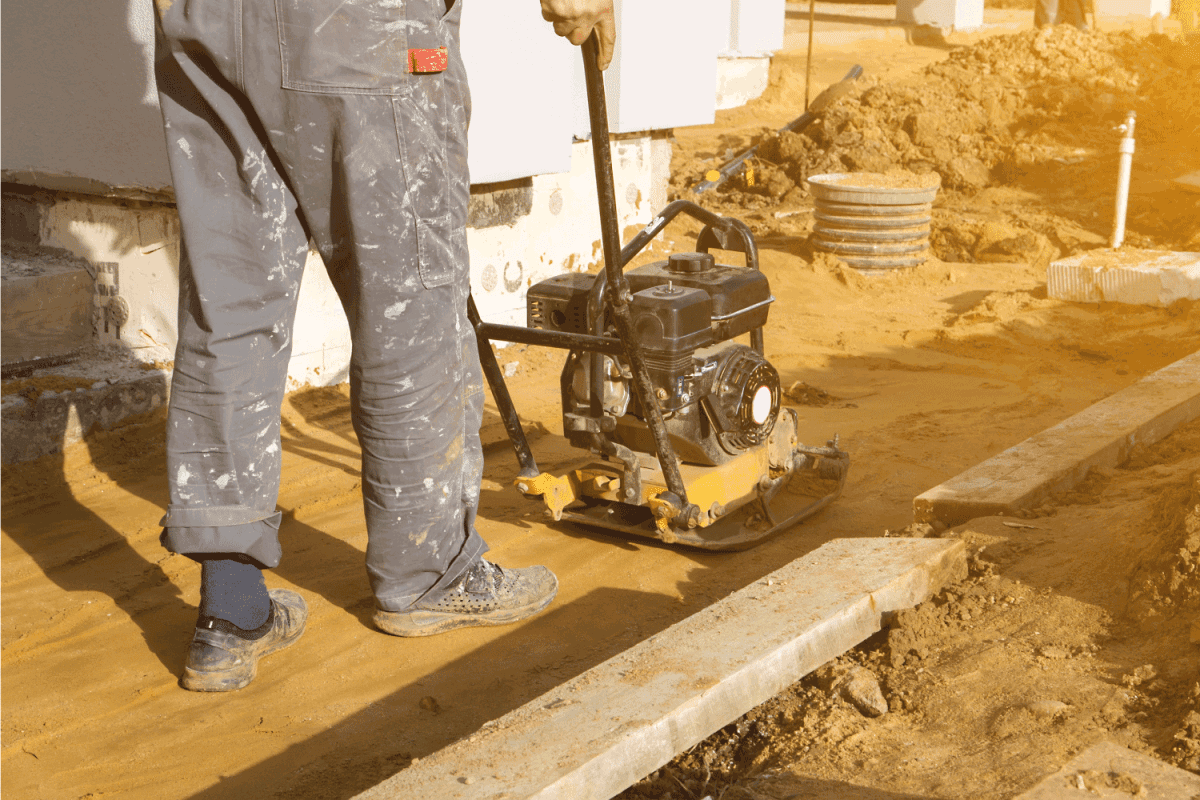
5 Hand Tamper Alternatives
Hand tampers are used for various purposes, from breaking up clumps of soil to compaction. But they can be bulky and heavy, making them difficult to use. If you’re considering other options for your project, you should consider these five hand tamper alternatives.
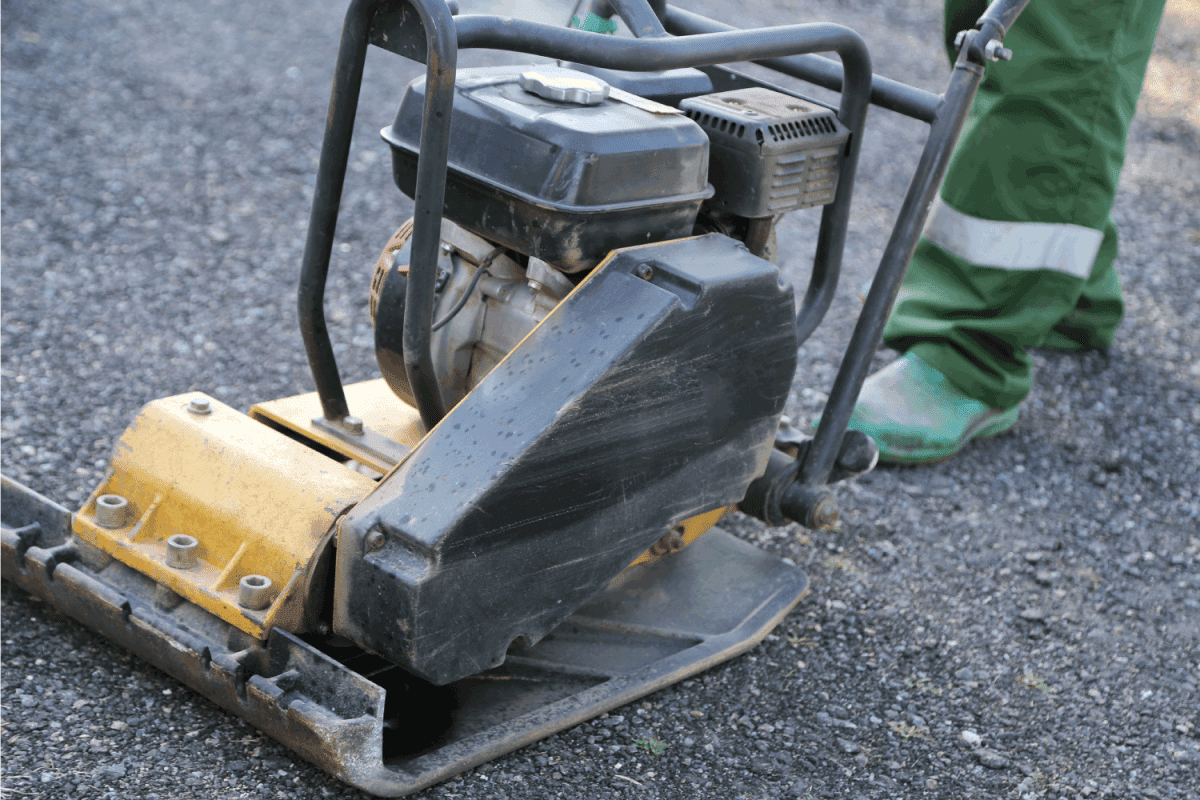
1. Powered Plate Compactor
A plate compactor is a machine that uses the power of friction and gravity to compress materials like soil and gravel into smaller sizes. This machine can be used for different purposes during construction. It can also be used for your backyard landscaping project if you’ll be working on a large area of land.
Plate compactors come in many shapes and sizes, depending on the material you want to compress. Some of these plate compactors have a base that can be replaced according to the size of your project.
They also have different features that make them suitable for specific tasks. Powered plate compactors are operated by engines that use diesel or gasoline.
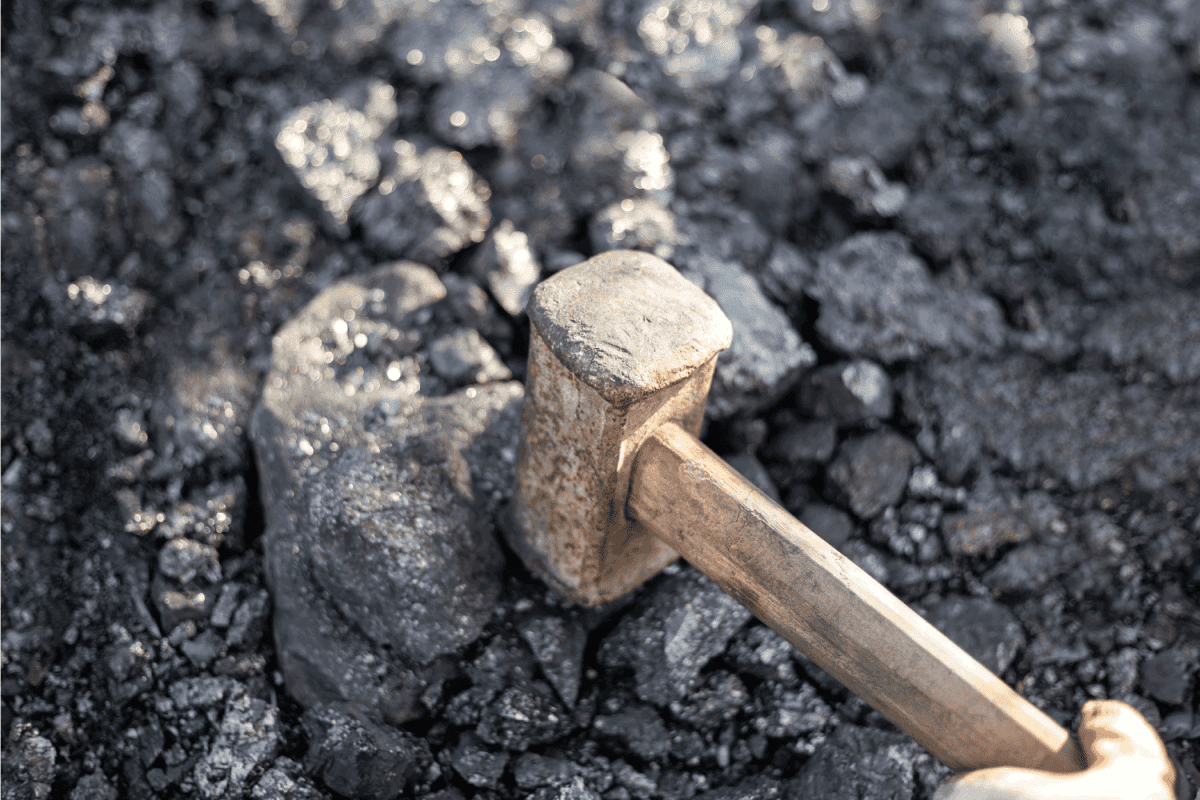
2. Sledge Hammer
A sledgehammer is a type of hammer that is commonly used for breaking surfaces. It is a heavy-duty tool used for demolition, construction, and other tasks. It has a long handle and a head made of metal or wood shaped like a “T” and has two sides to the head. Using a sledgehammer is an effective way to move or compact soil and other materials such as gravel, sand, or concrete.
The wooden handle makes it easy for the user to grip and swing it firmly. A sledgehammer can be a reliable tool when you intend to compact dried and hardened soil. It can break the soil down into smaller parts, making compaction easier.
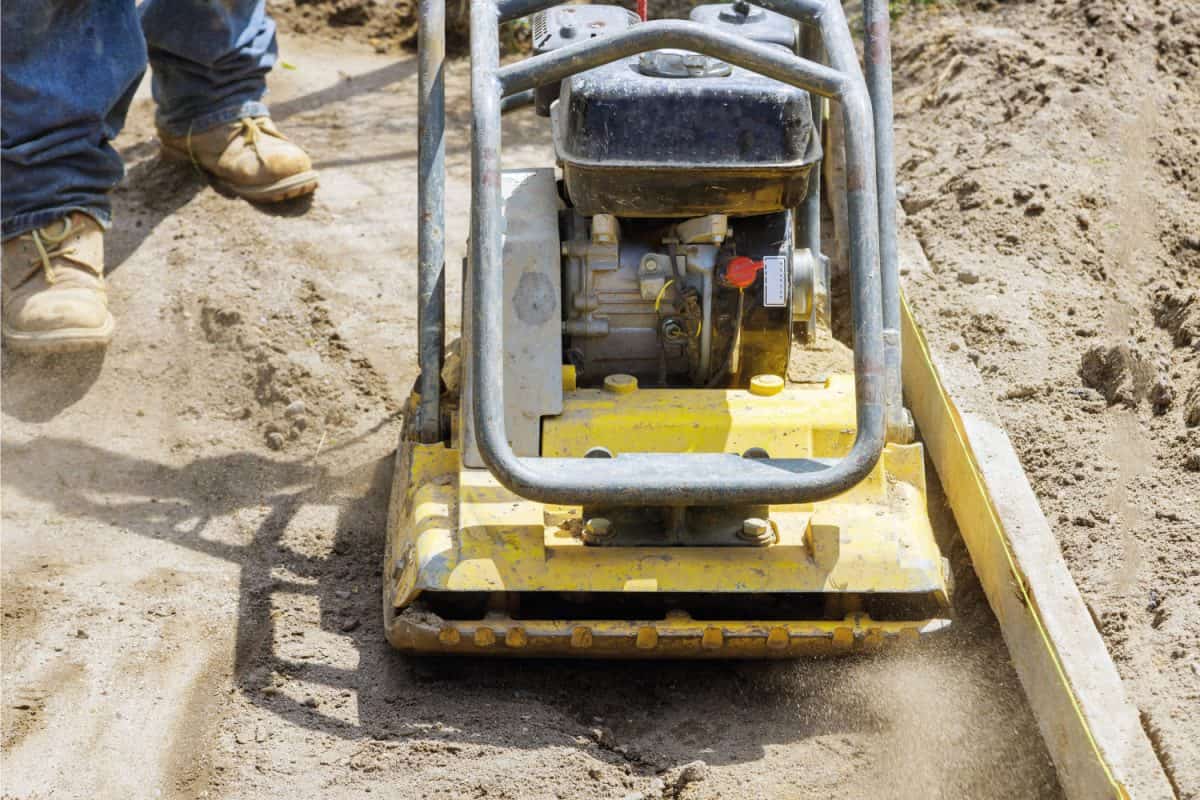
3. Whacker Compactor (Vibrating Plate)
Whacker compactors are used to compact soil, thereby increasing the density and strength. Vibrating plates are often used in construction, road building, and mining. They can also be used to compact soil for gardening or other landscaping projects.
The vibration is generated by an electric motor attached to a rotating disc with slots on it. This causes the disc to vibrate at a specific frequency transmitted through an armature that drives a vibrating plate. Using vibrating plates is relatively easy, but it can be bulky and time-consuming, especially if used on large landscape projects.
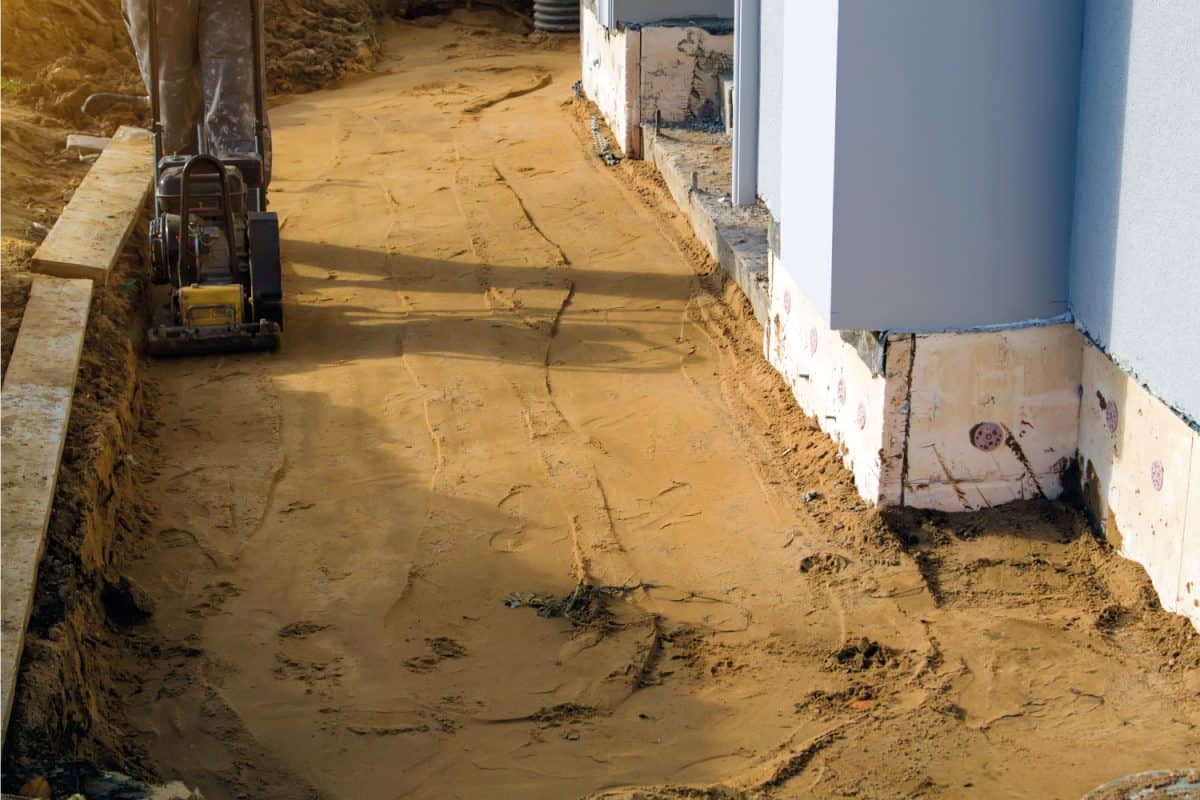
4. Trench Roller Compactor
A trench compactor is a machine that can compact the soil in narrow areas like trenches. It is also known as a trench roller. In this process, soil particles are broken up into smaller particles and then packed tightly together with the help of hydraulic pressure from the equipment's system.
Compacted soil has less air inside it, making it easier for water to drain away from the site and prevent erosion. Construction companies and other industries often use trench compactor machines. They are motorized and powered with diesel or gasoline.
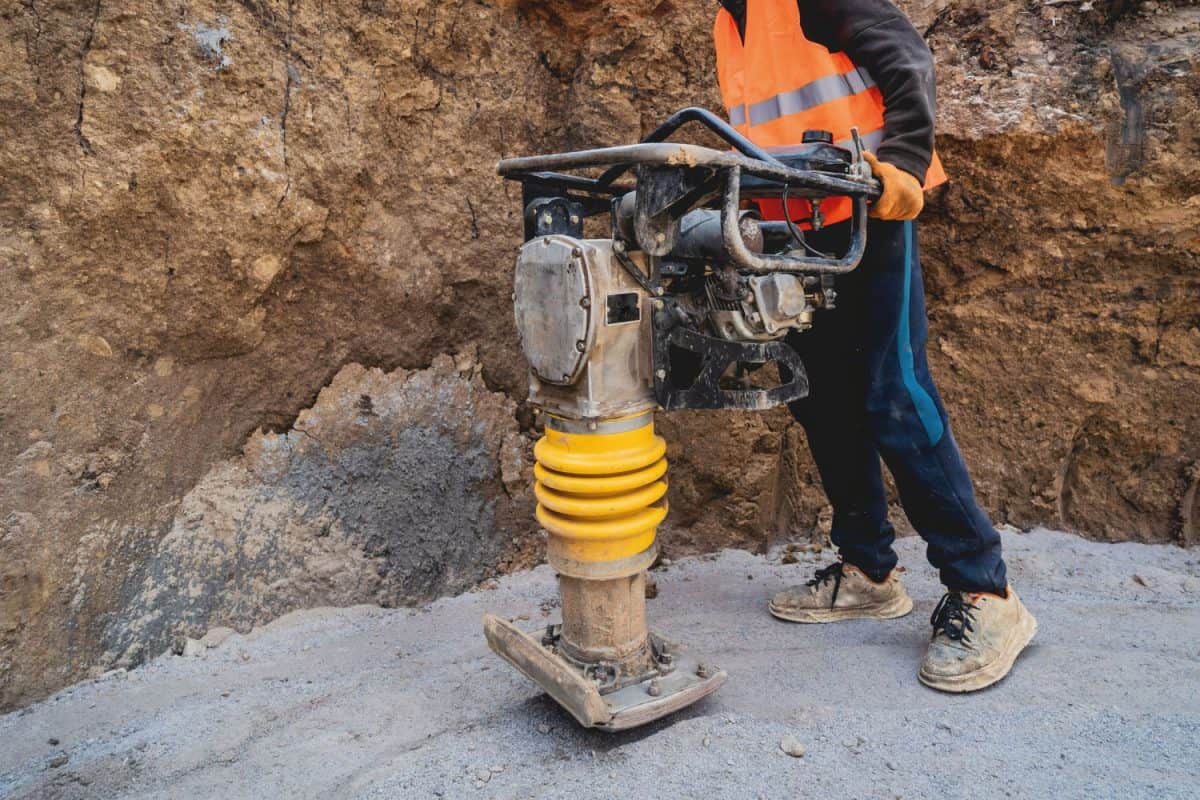
5. Rammer
The Rammer is an effective tool for compressing soil to create a uniform layer in the landscape. It can be easily maneuvered using the handle and base to provide various levels of compaction. The Rammer comes in various sizes and can be operated by hand or machine.
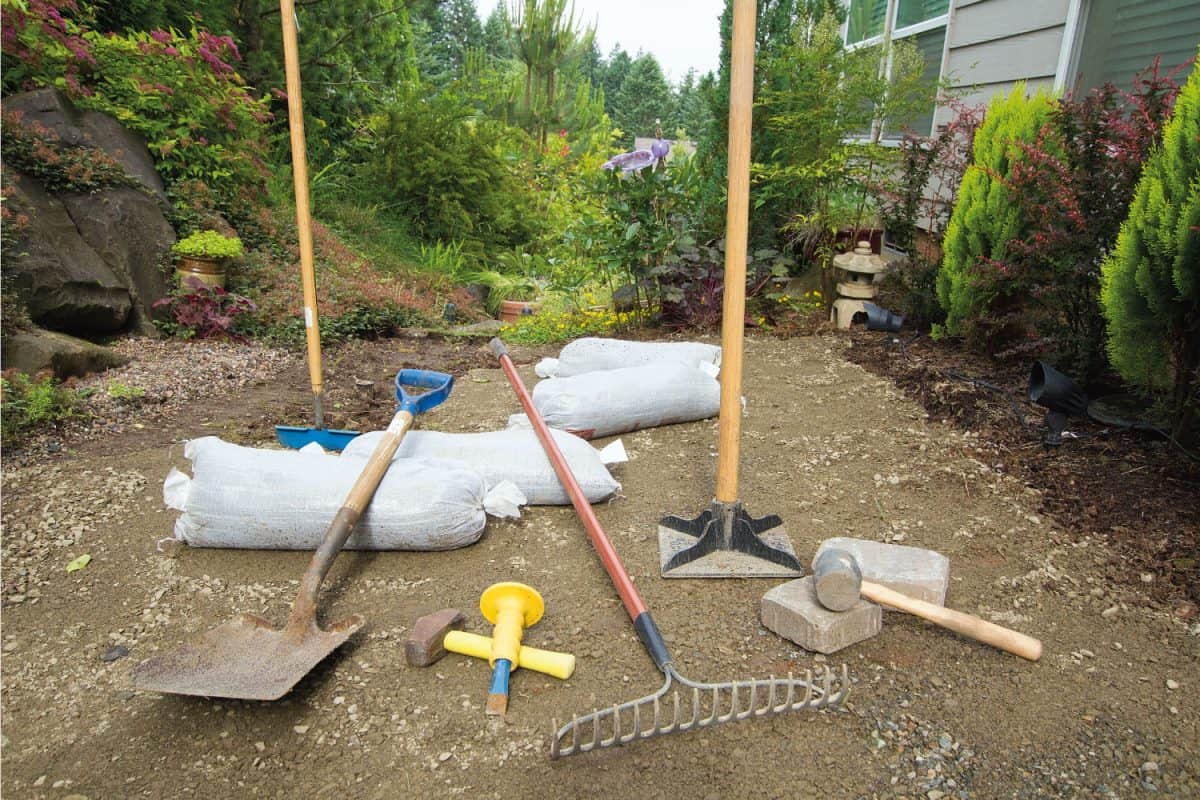
How To Make a Homemade Tamper
Making your own tamper can save you money and help you avoid buying one that may be too big or too small for your needs. Creating a tamper at home takes a few processes and it is cost-effective.
Plus, it only requires simple tools that are easy to get. There are different kinds of tampers, one of the most common is a concrete tamper.
Here is the step-by-step procedure to make a homemade tamper.
Step 1 - Cut The Wooden Branches For The Handle
If you have wood in your backyard, you can quickly cut some according to your desired length. The tamper handle should be made with dried wood because it is sturdy and durable.
A good example of other tools made with dried wood would be the handles of axes and shovels. The wood you cut for your tamper handle should look the same. Dried wood is of higher quality than fresher wood as it can last longer without rotting. It also resists decay so your tamper lasts longer.
Step 2 - Drill Screws Into The Wood For Nails and Wires
After cutting your wooden handle, drill holes into it. This would hold nails with wires attached to help the concrete stick to the wood. This also makes your concrete tamper more sturdy. Tie a string between two points to help hold the branches in place.
Step 3 - Get Planters
Plant planters are containers for plants used in gardening and landscaping. They come in various shapes and sizes but typically have a flat bottom and sides with drainage holes for water to drain out of the container. They are commonly made of plastic or clay pots, but some may have wooden bottoms.
While building a concrete tamper, the planters are responsible for holding the cement slurry. Pick the size of the planter according to the size of tamper you want.
Step 4 - Mix The Concrete
Carefully mix your concrete for this next step. You can also make use of quick-set concrete. It takes about 20 minutes for the concrete to set and about 60 minutes to start hardening. Curing would take up to thirty days.
Many factors contribute to the time it takes for concrete to harden. The amount of water and the temperature can also play a role in how long it takes for concrete to completely solidify.
Step 5 - Fill The Tampers
The last step in building your tamper is to pour concrete into the plater. This will only take a few minutes. Before the concrete hardens, use a stick to clean the cement off the edges and make sure it enters and settles inside the planter.
Flatten the surface to make it looks smooth when it dries. After the cement is dried, break off the planter. Now your tamper is ready for use!
How Do You Tamp Gravel?
When tamping gravel, it is important to make sure that the gravel is evenly distributed. If you don’t do this, tamping would be more challenging as it will create a mess. You can use different kinds of tamping tools, one is a hand tamper. This tool has a handle with a flat surface that can apply pressure to the gravel.
Since gravel is hard and more difficult to compact than soil, you can use one of the machine-operated tampers like the rollers or powered plate compactor. It is important to spray a little water on the gravel to make it compact more easily.
![worker compresses sand around building with tamping machine. 5 Hand Tamper Alternatives [Including How To Make A Homemade Tamper]](https://pavingplatform.com/wp-content/uploads/2022/04/worker-compresses-sand-around-building-with-tamping-machine.-5-Hand-Tamper-Alternatives-Including-How-To-Make-A-Homemade-Tamper.png)
To Wrap Up
Compaction is important because it reduces the risk of soil erosion and increases the stability of a foundation. When a project is in progress, it is essential to make sure that you are not leaving any loose material and using sufficient amounts of water for the best results. The more water-logged soil is, the less likely it can compact.
A homemade tamper can be used for smaller projects, but for larger constructions, you should consider the use of machine-operated alternatives.
For more about tampers, check out these engaging articles:

![Vibrant Red Paver Stone Path, Can You Spray Paver Sealer? [How To Apply It]](https://pavingplatform.com/wp-content/uploads/2022/04/Vibrant-Red-Paver-Stone-Path-600x400.jpg)
![Properly laid out red pavers for a garden, Can You Tint Paver Sealer? [And How To]](https://pavingplatform.com/wp-content/uploads/2022/04/Properly-laid-out-red-pavers-for-a-garden-600x400.jpg)
